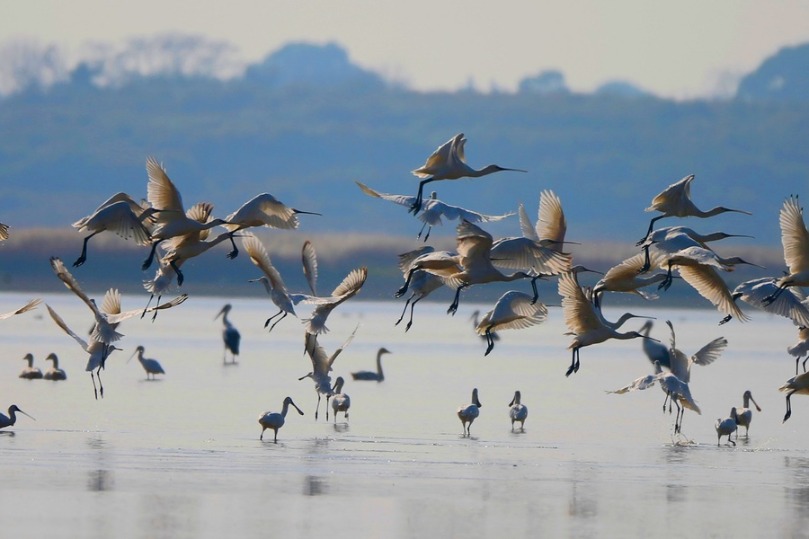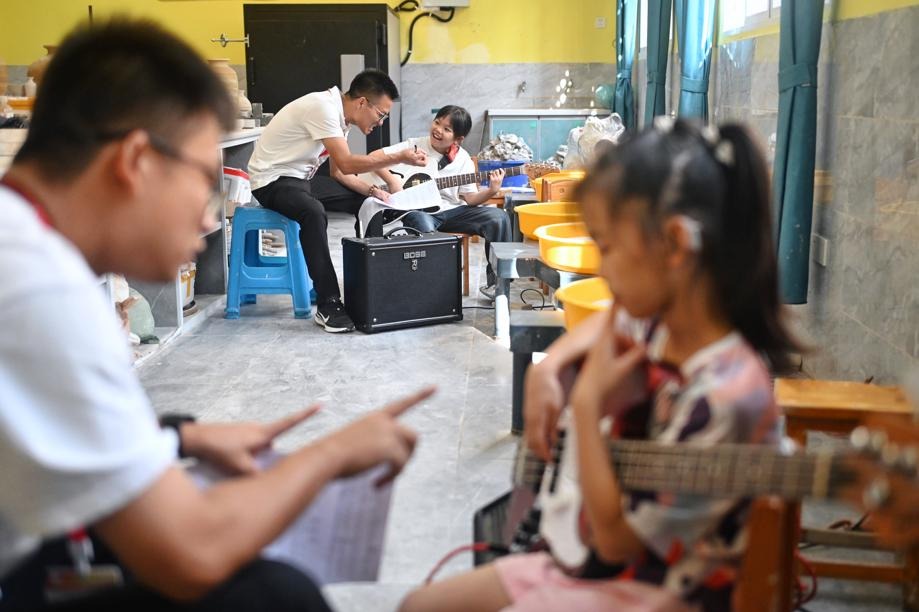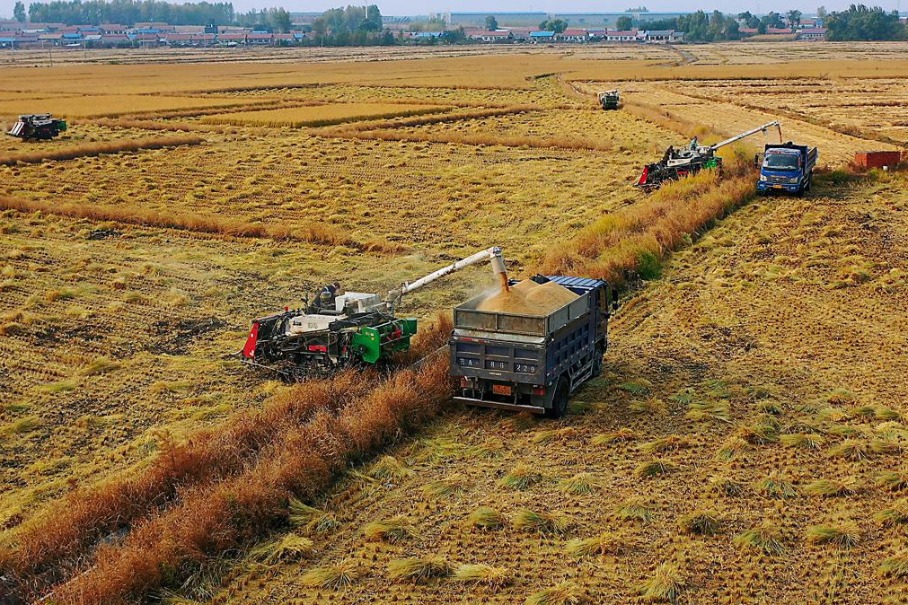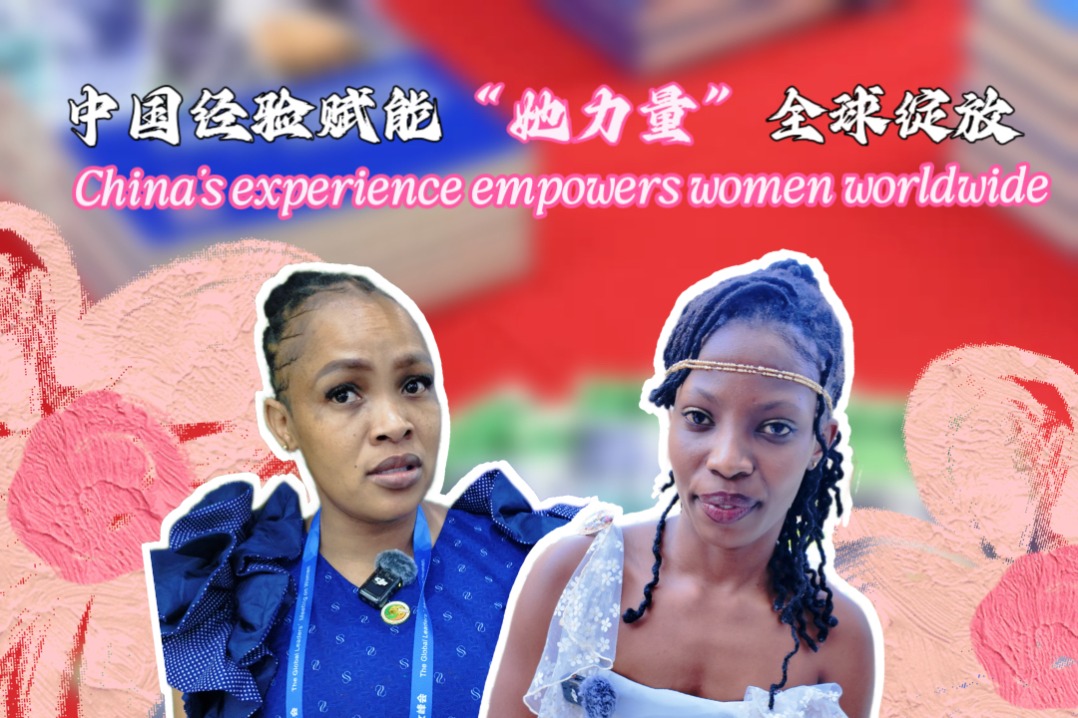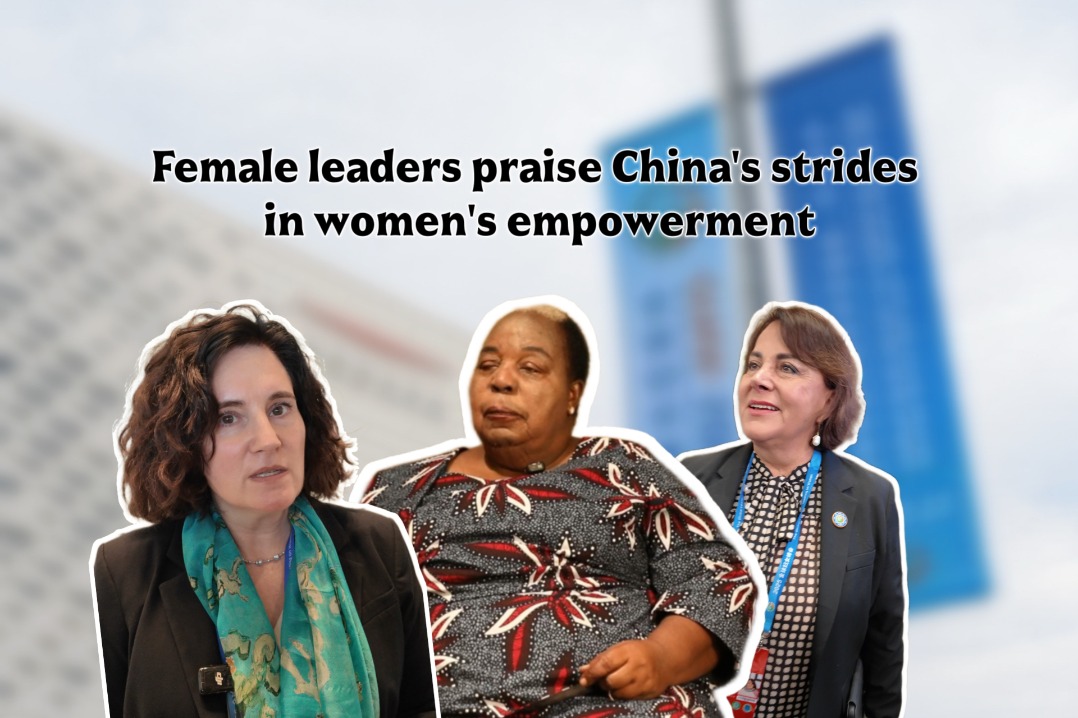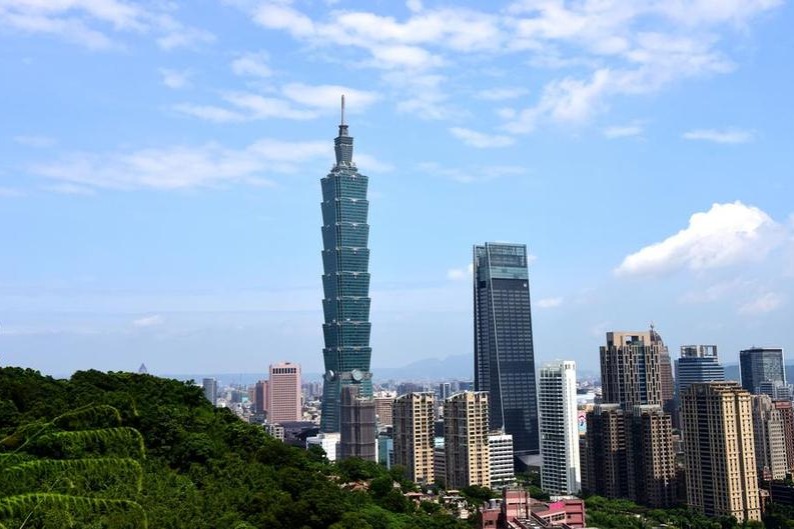Pushing the boundaries to aid the world

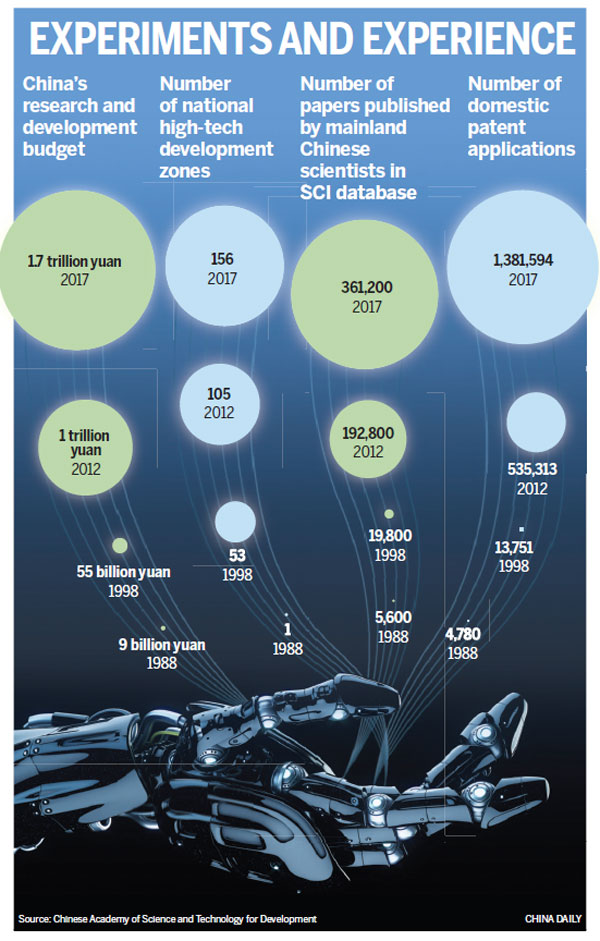 From quantum physics to hybrid rice, Chinese scientists are helping to shape the future. Zhang Zhihao and Zhang Yangfei report.
From quantum physics to hybrid rice, Chinese scientists are helping to shape the future. Zhang Zhihao and Zhang Yangfei report.
Editor's note: This is the first in a series of stories reflecting China's achievements in fields such as science, law enforcement, education and transportation resulting from 40 years of the reform and opening-up policy. Other stories will follow in coming weeks.
Tu Youyou: Saving millions from malaria with an ancient remedy
Tu Youyou's resume may pale in comparison with those of other Nobel laureates, because she only holds a bachelor's degree, has no overseas research experience and is not a fellow of any Chinese scientific academies.
However, her discovery of artemisinin, the active compound that serves as the backbone for the most effective antimalarial treatment to date, has helped avert more than 6.2 million deaths globally between 2000 and 2015, according to the World Health Organization. By the end of 2016, artemisinin and its partner drugs were being used by 80 countries and regions.
In 2015, Tu won the Nobel Prize in Physiology or Medicine, becoming the first Chinese to win the award. In January last year, she became one of two recipients of the 2016 State Preeminent Science and Technology Award, China's highest scientific honor.
The 87-year-old from Ningbo, Zhejiang province, is now working on understanding and overcoming resistant to artemisinin in plasmodium (mosquito parasites that cause malaria). Her team is also investigating the use of the drug to cure illnesses such as cancer, lupus (an autoimmune disease) and leukemia.
"My greatest wish is that as our country reforms and opens up, our institutes will allow more capable young scientists to stand out and contribute to its development," she said in a 2015 speech.
In 1967, malaria was ravaging the population of southern China, so the government formed Mission 523, a project to discover a cure for the illness.
As an expert in traditional Chinese medicine, Tu was appointed head of the mission in 1969, but her quest was daunting because more than 240,000 compounds had already been tested unsuccessfully across the world.
Tu decided to start from scratch by scouring medical literature from ancient China along with folk treatments, and consulting TCM practitioners.
After a few months she discovered that sweet wormwood had been used as malaria treatment in China since 400 AD. However, crude extracts of the plant could not reliably inhibit plasmodium growth, which meant the active ingredient had to be identified.
Over the next two years, Tu and her colleagues made 190 consecutive, but fruitless, attempts to raise the inhibition rate to 100 percent. By the time the right active ingredient, artemisinin, had been found and extracted, Tu was seriously ill with toxic hepatitis due to long exposure to poisonous solvents.
The drug showed promise during tests on mice and monkeys, but some researchers were concerned about its toxicity in humans. In response, Tu volunteered to be the first human recipient, saying, "I am the head of the research team - it is my responsibility."
In 1978, the appraisal committee for Mission 523 approved the use of artemisinin-based drugs to treat malaria. From the early 2000s, the World Health Organization gradually adopted the use of artemisinin-based combination drug therapies as first-line treatment for tackling malaria worldwide.
- Liulaozhuang legacy inspires modern infantry company
- Art festival opens in Chengdu
- HK man wants to help 100 people earn a million yuan through AI marketing system
- Mission marks 600th launch for Long March fleet
- China records a big drop in workplace accidents and deaths
- 2025 World Laureates Forum to convene in Shanghai


















